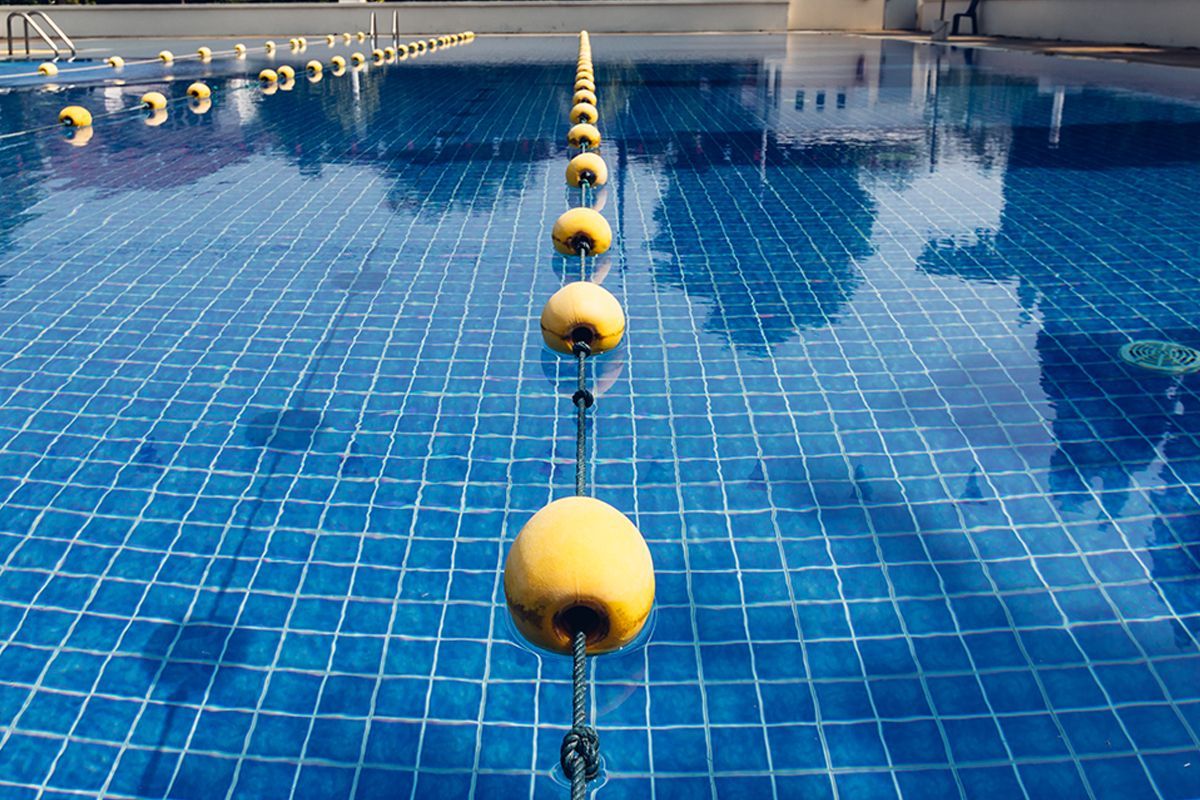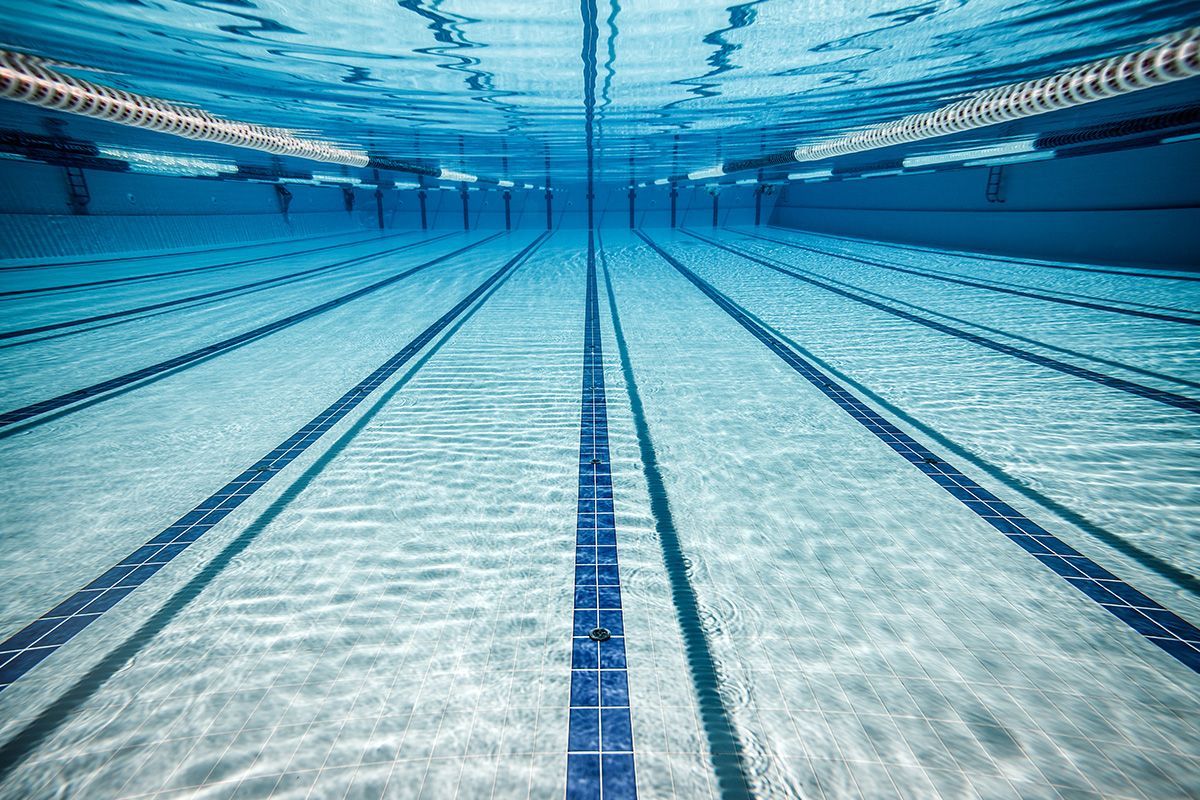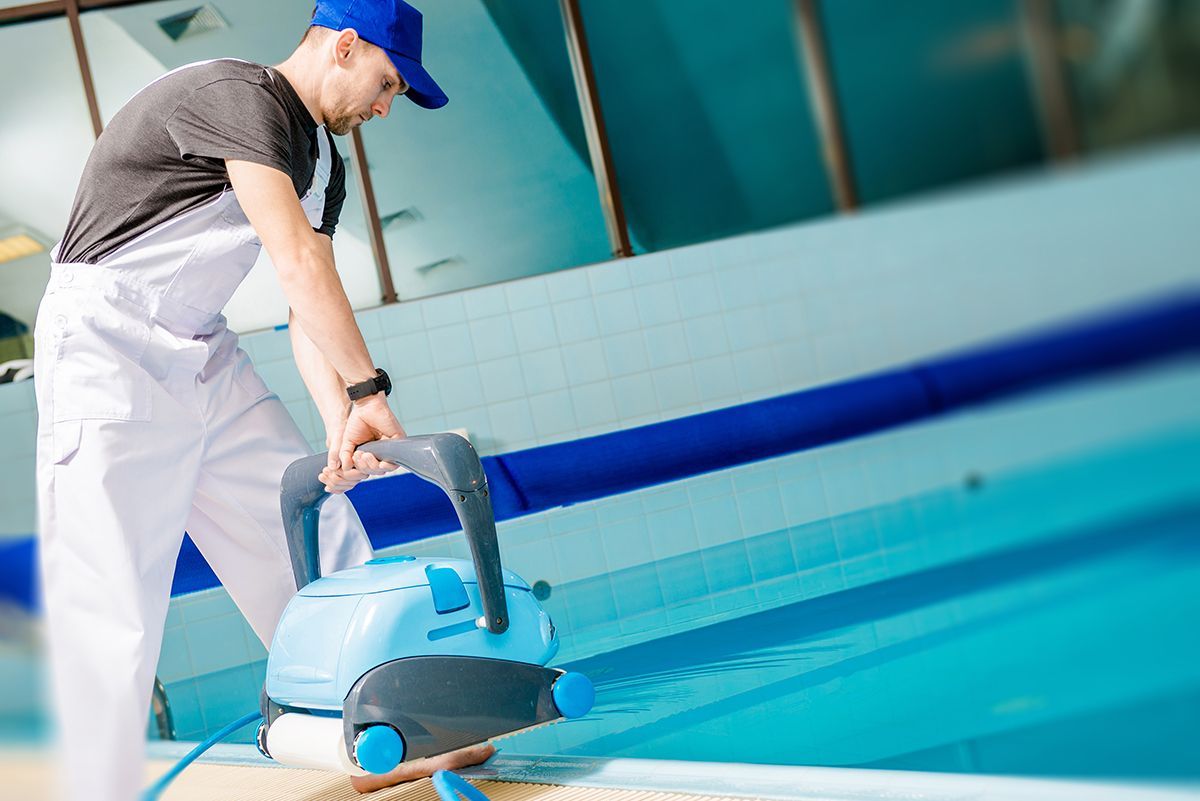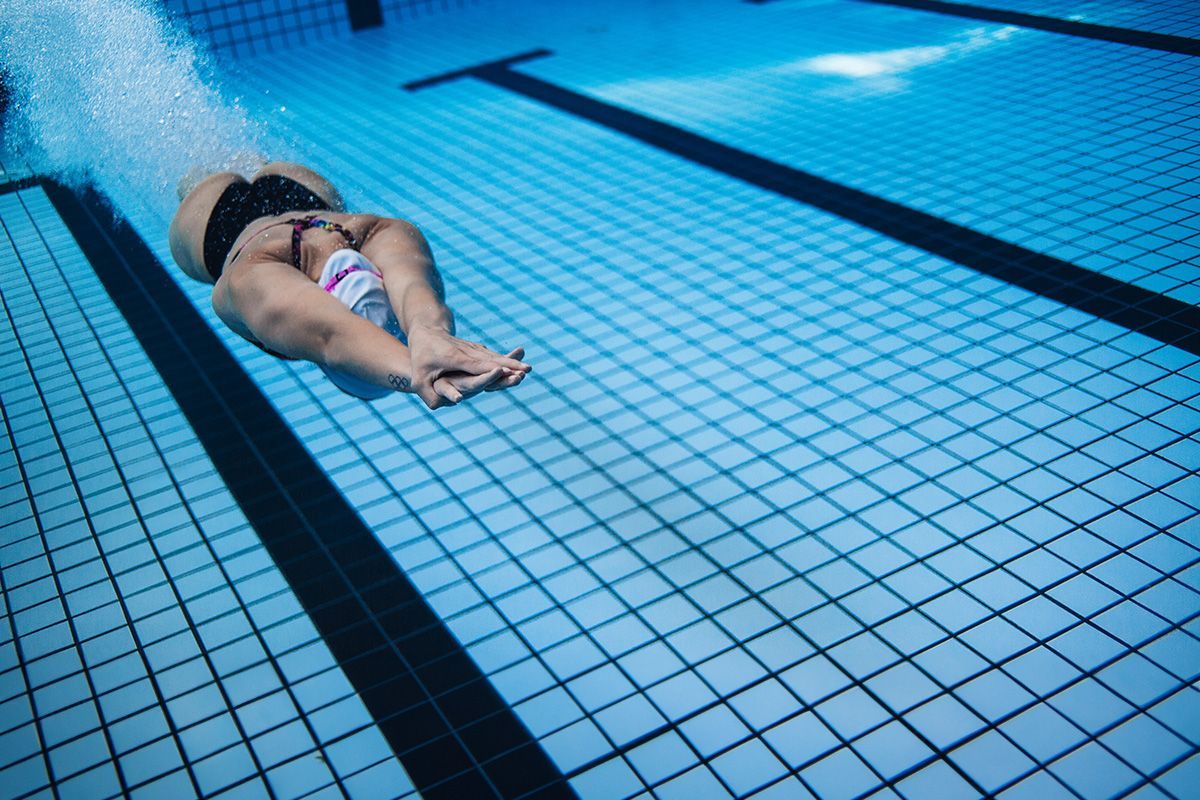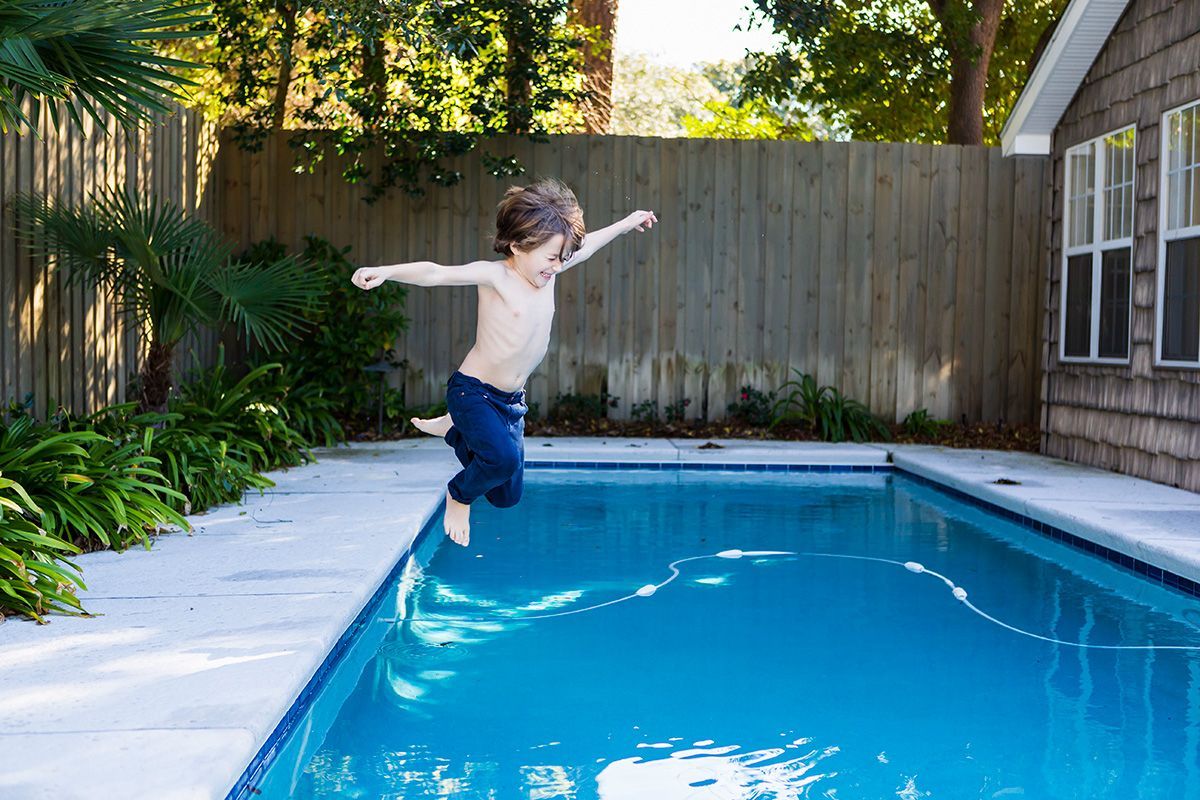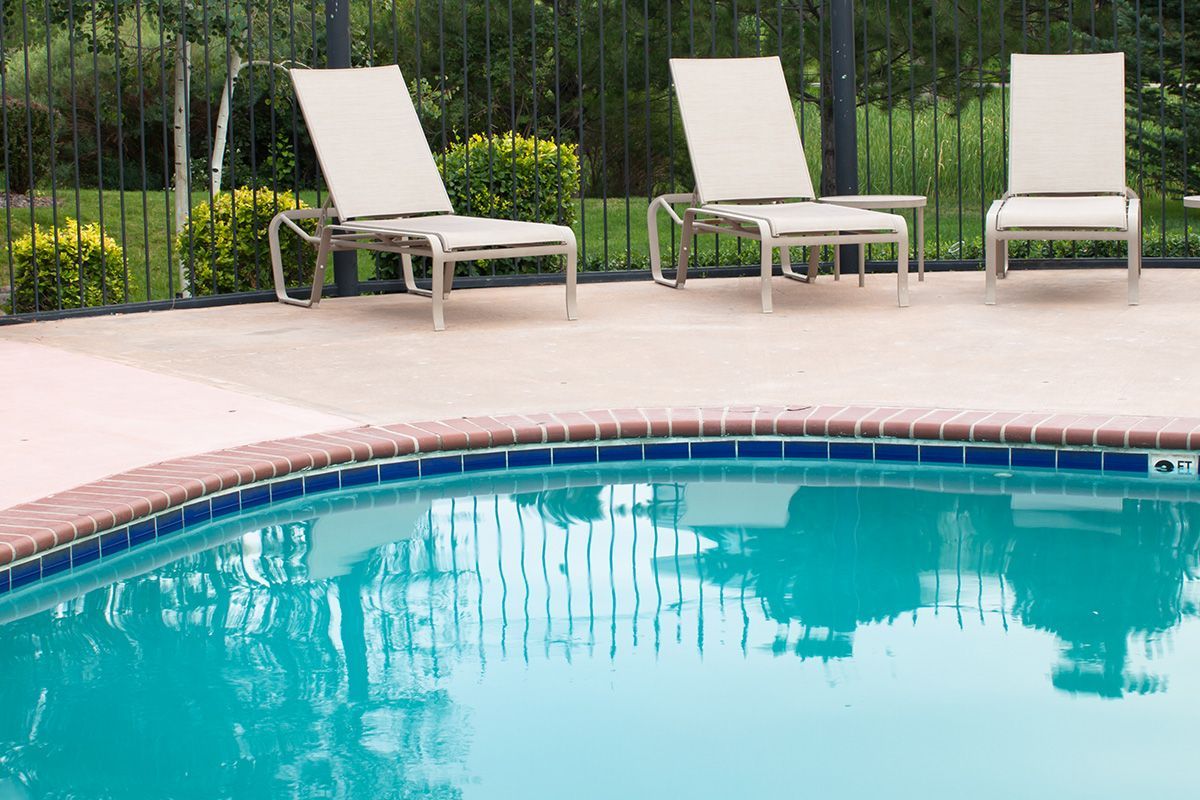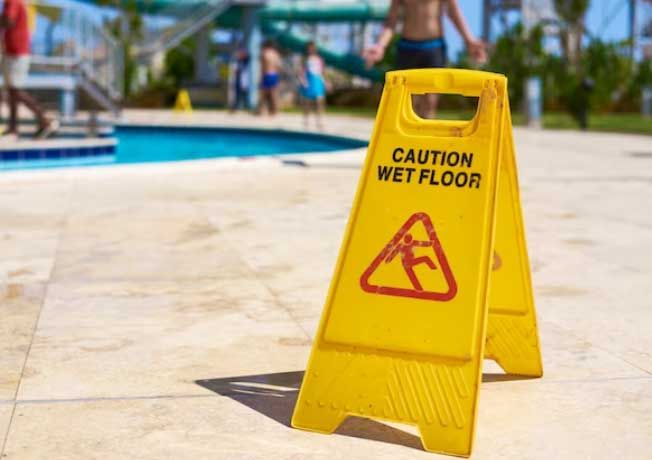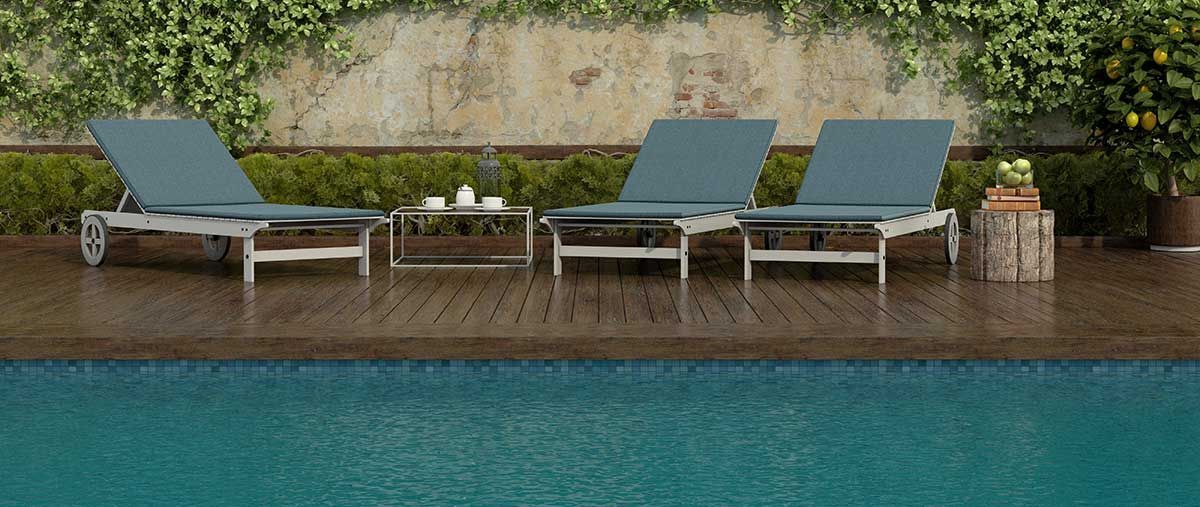Pool Fence Inspections: Common Pool Fence Issues and Solutions
Regular pool fence inspections are crucial for maintaining a safe and compliant pool area. By conducting thorough inspections, potential issues can be identified and addressed promptly, ensuring the integrity and effectiveness of the pool fence. Pool fence inspections play a vital role in preventing accidents, meeting legal requirements, and providing peace of mind for pool owners.
Legal Requirements for Pool Fences in Victoria
In Victoria, Australia, pool fences must comply with specific regulations outlined in the Building Regulations 2018. These regulations aim to ensure the safety of individuals, especially young children, around swimming pools. Some key requirements include:
- The minimum height of a pool fence should be 1.2 metres.
- All pool gates must be self-closing and self-latching.
- There should be no climbable objects within 90 centimetres of the pool fence.
- The pool fence must be free from any defects or damage that may compromise its effectiveness.
Failure to comply with these regulations can result in penalties, and more importantly, it can put lives at risk. Regular pool fence inspections help ensure compliance with these legal requirements and contribute to a safer pool environment.
Common Pool Fence Issues
Fence Height Non-Compliance
One of the most common issues with pool fences is non-compliance with height requirements. Inadequate fence height can allow easy access to the pool area, increasing the risk of accidents. During pool fence inspections, it is essential to measure the fence height to ensure it meets the minimum requirement of 1.2 metres. If the fence falls short, it may require modifications or replacement to comply with regulations.
Faulty Gate Mechanisms
Pool gate mechanisms, including hinges and latches, are critical components of a functioning pool fence. However, over time, these mechanisms can become worn or damaged, leading to gate malfunctions. During inspections, it is crucial to test the gate's self-closing and self-latching features to ensure they are working correctly. If any issues are detected, prompt repairs or replacements should be made to maintain the integrity of the pool fence.
Climbable Objects Near the Fence
A pool fence's effectiveness can be compromised if there are climbable objects located near its perimeter. These objects, such as furniture, trees, or structures, can provide a foothold for individuals attempting to bypass the fence. During inspections, it is essential to check for any potential climbable objects within 90 centimetres of the pool fence. If such objects are found, they should be relocated or modified to eliminate the risk of unauthorised access.
Damaged or Corroded Materials
The materials used in pool fences can deteriorate over time due to exposure to the elements. Damage or corrosion can weaken the structural integrity of the fence, making it less effective in preventing unauthorised access. During inspections, it is crucial to examine the fence for any signs of damage, such as rust, cracks, or loose components. Any damaged or corroded materials should be repaired or replaced promptly to ensure the pool fence's reliability.
Inadequate Maintenance
Proper maintenance is essential for the longevity and effectiveness of a pool fence. However, inadequate maintenance is a common issue that can lead to various problems. During inspections, it is important to assess the overall condition of the fence, including cleaning, painting, and lubricating any moving parts. Regular maintenance routines should be established to ensure the pool fence remains in optimal working condition.
Solutions to Common Pool Fence Issues
Height Adjustment or Replacement
If a pool fence fails to meet the minimum height requirement of 1.2 metres, adjustments or replacements may be necessary. Installing additional fencing or raising the existing fence height can help address this issue. Consulting with a pool professional or certified inspector can provide guidance on the best course of action to ensure compliance with regulations.
Gate Mechanism Repairs or Replacements
Faulty gate mechanisms should be repaired or replaced to maintain the self-closing and self-latching functionalities of the pool gate. This may involve fixing or replacing hinges, latches, or other components that contribute to the gate's proper operation. Engaging the services of a qualified technician or pool professional can ensure that the gate mechanisms are correctly repaired or replaced.
Clearing Climbable Objects
To eliminate the risk of unauthorised access, any climbable objects near the pool fence should be removed or modified. This may involve relocating furniture, trimming tree branches, or reinforcing nearby structures to prevent them from being used as footholds. Regular inspections and proactive measures can help ensure a clear and secure perimeter around the pool fence.
Repair or Replacement of Damaged Materials
If any damage or corrosion is detected during inspections, it is crucial to address the issue promptly. Repairing or replacing damaged materials, such as rusted metal components or cracked panels, will help restore the structural integrity of the pool fence. Working with experienced pool professionals or contractors can ensure that the necessary repairs or replacements are carried out effectively.
Establishing a Maintenance Routine
Regular maintenance is essential for the longevity and effectiveness of a pool fence. Establishing a maintenance routine that includes cleaning, painting, lubricating moving parts, and inspecting for any signs of wear and tear can help prevent potential issues. Pool owners should consult manufacturer guidelines and seek advice from pool professionals to determine the appropriate maintenance practices for their specific pool fence.
Conclusion
Maintaining a safe and compliant pool area requires proactive measures and regular pool fence inspections. By addressing common pool fence issues and implementing appropriate solutions, pool owners can ensure the effectiveness of their pool fence in preventing accidents and meeting legal requirements.
Pool safety is a shared responsibility, and by prioritising pool fence inspections and maintenance, we can create a safer environment for everyone. Remember, a well-maintained and properly functioning pool fence not only provides peace of mind but also contributes to a safer pool experience for all.
OUR LOCATION MAP
All Rights Reserved | Pool Safety Check

